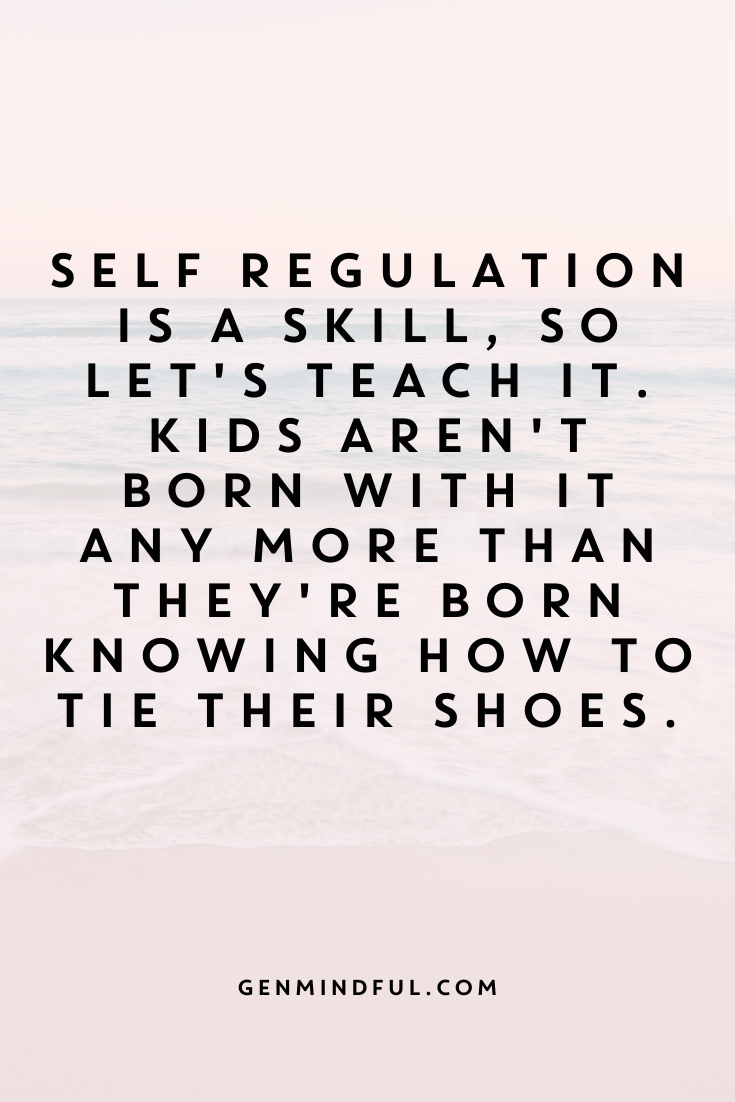Shake it off: TRE® for teens and children

I've been pondering TRE® with children and teens this week. Specifically, I've been thinking about how to encourage and support more children to use this body-based therapy, especially in a world where personal and organisational budgets are challenging, and in many cases, limited. Earlier this year, I did some fascinating learning focused on using TRE® with children and teens with Lynea Gillen and I would love to spread the word about the value of TRE® for the youngest members of our society. TRE® has so much potential in this area.
I spend a lot of time with children and teens - my own, my children's friends, my friends' children, children in my role as an educator, and also in my role as a TRE® practitioner. The more time I spend with them, the more I notice that we spend a lot of time focusing on subject-related skills and knowledge - vital of course - but what if we spent a little more time supporting children to become intelligent about what their bodies tell them and how to support and navigate those messages? Would this help them as adults in the future?
What is TRE®?
TRE® (Tension and Trauma Releasing Exercises), designed by Dr David Berceli, is a set of seven simple exercises designed to activate a natural tremoring or shaking response to release tension, stress and trauma from the body.
The shaking (which often varies in its execution) allows the release of patterns of tension, stress and trauma from the body. This release allows the nervous system, which can get stuck in natural survival strategies (flight/flight/freeze), to rebalance. It can help with every day stress release - great for exam stress for example, as well as helping with physical and mental health issues, chronic stress, PTSD, and trauma.
Children are natural recipients of TRE® as they can be curious and playful - the shaking feels enjoyable and fun for many children/teens. The opportunity to practise at home, when you have learnt to feel comfortable with the shaking (often immediately for children), is extremely empowering. Children and teens can take control of their destiny - they don't need adult intervention to do it! This can feel magical in the teenage years as children are developing their independence.
Explaining TRE® to children and teens
Referring to the animal kingdom resonates with children and teens. The explanation that humans are mammals, and, like other animals, when we feel threatened, we fight or flee from a situation, or we disappear if it is too much - also known as freeze or dissociation, allows children and teens to understand their own bodies' responses in a real-life context. They can see that once the threat has passed, mammals often shake to disperse the energy, charge and muscular tension required to escape from the difficult situation. Think of the dog that is afraid of fireworks or sees a cat (or fox in my black lab's case).
Extracts of this video, also provide a fantastic explanation of the nervous system and TRE® that can be used with young people: https://www.youtube.com/watch?v=1PT1crBhhUE. In particular, how over time our brain learnt to suppress this natural way to release and, as a result, we have stress and trauma when our body gets stuck in fight/flight/freeze. We respond to situations as if our life is threatened when we are, in fact, safe. TRE® reconnects us to release stress through shaking, allowing us to reset the nervous system, and finding a place of safety once more.
Self-regulation for children and teens
If we are to support children to grow into healthy adults, self-regulation is central to this and TRE® is a practical way of supporting self-regulation. Through TRE®, children and teens learn valuable skills that allow them to recognise when they are stressed and empowers them to do something about it (practise TRE®), finding that place of safety I have just discussed. In addition, it is clear that when children are self-regulated they are able to socially engage - supporting their learning and happiness - key in their development socially and educationally.

Why can TRE® help children and teens?
TRE® normalises stress and trauma and supports children to know that it can, and will, get better - safety can be sought. It can support children and teens to feel less 'stuck' - empowering them in the process. It can also explain physical manifestations of stress/excitement such as a faster beating heart. For example, we need energy to muscles, to increase our heart beat, oxygen when faced with difficult situations that require fight and flight. If children and teens see what changes in relation to their nervous system (e.g. in terms of feeling calmer and more relaxed) when they practice TRE®, this gives young people power.
TRE® can also be used within families. Learning TRE® alongside your child can be a way to support parents and children to relax. In particular, children and teens can respond to, and appreciate, the physical/less-talking approach, as well as this opportunity for social engagement (crucial in relation to regulating our nervous system).
What do children/teens say about TRE®?
Children and teens experience TRE® differently on an individual basis. That is one of the benefits of TRE® - it meets the young person where they are, is completely bespoke and sessions are unique to the participant. For example, for one teen I worked with who had a diagnosis of ADHD, the ability to use TRE® to regulate, finding calmness and an opportunity to connect with the body and process emotions was extremely powerful, especially after a day at school where they felt contracted and that they had had to exert a huge amount of control. TRE® gave this young person space and creativity. Another teen struggling with mental health issues also found the opportunity to get 'out of their head and into their body' calming and relaxing. It helped to build a relationship with their body which had been difficult.
All children/teens can benefit from learning TRE®, even if they do not come with specific challenges, as this quote demonstrates:
I feel so, so much calmer and my hips are much less tight.
TRE® is, therefore, an inclusive practice that everyone can benefit from.
How do I work with children and teens?
There are specific features of my work with children and teens (some of which are common with adults too). The first relates to grounding. In all my sessions with young people, I support them to be grounded as we go into the seven exercises. This guides their transition into a TRE® session, as well as reducing activation in them as they often come straight from school (or another activity). Steve Haines' Orient, Move, Ground approach is fantastic at this point - supporting preparation for TRE®.
In addition, playfulness is a key dimension of sessions. All my sessions start with normalising stress responses and how the body responds with real-life, often light-hearted, examples. Once we get to the shaking, we play with the tremors - short burst of shaking and stopping. Titrating the dose is the key with young people, especially younger children or older children with attention challenges. The aim is to encourage the participant to stay in their body and to stop regularly when this wanes - little and often rather than pushing on is key. We want the participants to notice their body rather than drifting, or switching, off. During a session, we also work on giving what we are experiencing a name - shaking, wobbling, trembling. Though this articulation can be challenging, it again supports the child/teenager to normalise the shaking. In my experience, some teens can be keen to talk to their parents or other caregivers about what they have experienced - naming is an essential aspect of normalising supporting the body to deal with stress, tension and contracted muscles through TRE® and helps them to do this.
TRE® with children and teens is such a rewarding aspect and I am keen to develop it further. From the grounding practice through to shaking and sharing what they have experienced, supporting young people through TRE® provides so many opportunities in relation to stress, tension and trauma. It is an incredible resource for children and teens to experience and develop.